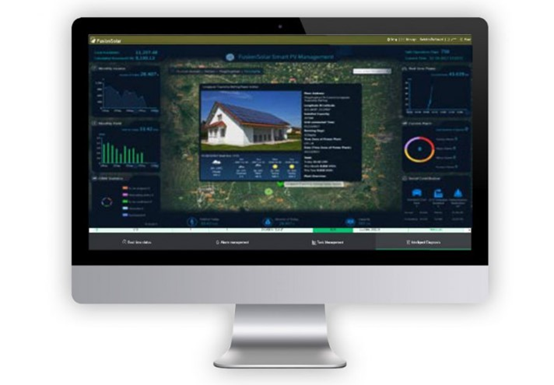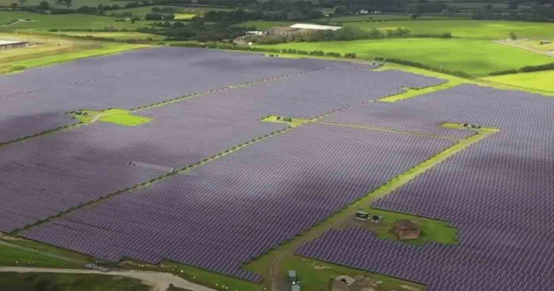In an era where sustainability is paramount, educational institutions are increasingly turning to innovative solutions to integrate renewable energy sources into their campuses. Smart photovoltaic (PV) systems, which harness solar energy to generate electricity, are emerging as a powerful tool for research and educational purposes. This article explores how educational institutions can leverage smart PV systems to not only reduce their carbon footprint but also enhance research opportunities and provide valuable hands-on learning experiences for students.
Exploring the Research and Educational Potential of Smart Photovoltaics
Sustainability Integration in Campus Operations
Smart PV systems offer a sustainable and eco-friendly alternative for powering educational institutions. By strategically integrating these systems into campus infrastructure, universities can significantly reduce their dependence on conventional energy sources, contributing to a lower carbon footprint. This integration aligns with global sustainability goals and sets a positive example for students and the broader community, fostering a culture of environmental responsibility.
Real-time Monitoring and Data Analysis
One of the key advantages of smart PV systems is their ability to provide real-time monitoring and data analysis. Educational institutions can utilize this feature to enhance research opportunities in the field of renewable energy. Students and researchers can access detailed information about energy production, consumption patterns, and system efficiency. This data can serve as a valuable resource for ongoing research projects, helping to improve the performance and reliability of smart PV systems while advancing our understanding of solar energy utilization.

Educational Opportunities and Experiential Learning
Smart PV systems offer a unique opportunity for hands-on, experiential learning. By incorporating these systems into the curriculum, educational institutions can provide students with practical insights into renewable energy technologies. This immersive approach not only enhances theoretical knowledge but also equips students with valuable skills that are increasingly in demand in the job market. Moreover, students can actively engage in the maintenance, troubleshooting, and optimization of smart PV systems, gaining a holistic understanding of sustainable energy practices.
Research Collaboration and Innovation
Educational institutions can foster a culture of research collaboration and innovation by utilizing smart PV systems. Researchers from diverse disciplines, including engineering, environmental science, and data analytics, can come together to explore new avenues in solar energy technology. The integration of smart solar systems into campus research infrastructure encourages interdisciplinary collaboration, leading to the development of innovative solutions and advancements in renewable energy research. HUAWEI provides intelligent photovoltaic solutions designed for both homeowners and utility plant owners. Their cutting-edge smart solar technology stands at the forefront of the industry, earning a reputation for exceptional reliability.

Community Engagement and Outreach
Smart PV systems provide an excellent platform for educational institutions to engage with the local community and raise awareness about renewable energy. By hosting events, workshops, and outreach programs centered around these systems, universities can educate the public about the benefits of solar energy and inspire a broader commitment to sustainability. This outreach not only strengthens the institution's ties with the community but also cultivates a shared sense of responsibility towards environmental stewardship.
Conclusion
In conclusion, the adoption of smart photovoltaic systems by educational institutions represents a forward-thinking approach to sustainability, research, and education. These systems offer a dual benefit, contributing to both the reduction of carbon emissions and the enhancement of educational experiences. As universities continue to prioritize sustainability and hands-on learning, smart PV systems stand out as a promising solution to power the campuses of the future while fostering a generation of environmentally conscious and technically adept graduates.
